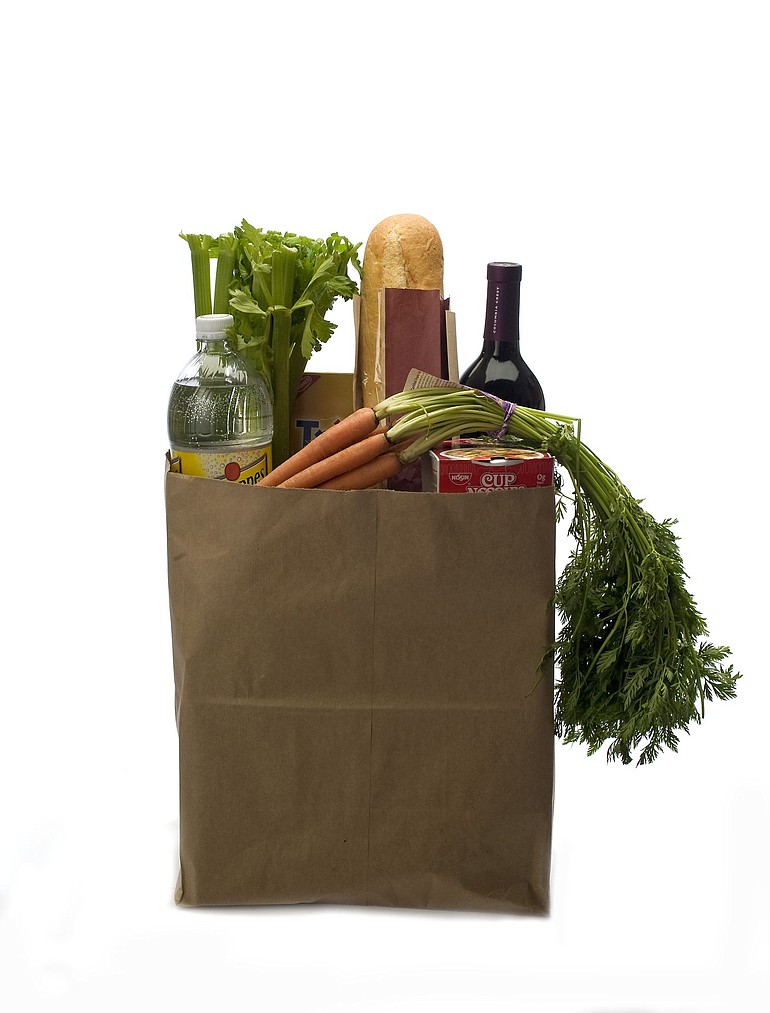When east Vancouver shoppers learned this month that they had bagged Clark County’s first New Seasons Market, which will open on Southeast 164th Avenue later this year, the announcement may have felt familiar. The high-end supermarket was hardly the first to show interest in selling food to those who earn higher wages in that part of town.
Chuck’s Produce & Street Market
13215 S.E. Mill Plain Blvd., Vancouver
Costco Wholesale
19610 S.E. First St., Vancouver
Fred Meyer – Fisher’s Landing
16600 S.E. McGillivray Blvd., Vancouver
Fred Meyer
11325 S.E. Mill Plain Blvd., Vancouver
New Seasons Market (opening in October)
2100 S.E. 164th Ave., Vancouver
Safeway
2615 N.E. 112th Ave., Vancouver
Safeway
13719 S.E. Mill Plain Blvd., Vancouver
Target
16200 S.E. Mill Plain Blvd., Vancouver
Trader Joe’s
305 S.E. Chkalov Drive, No. B1, Vancouver
Walmart Supercenter
221 N.E. 104th Avenue, Vancouver
Walmart Supercenter
430 S.E. 192nd Ave., Vancouver
WinCo Foods
905 N.E. 136th Ave., Vancouver
Whole Foods Market
815 S.E. 160th Ave., Vancouver
Just months earlier, Chuck’s Produce & Street Market opened its doors at 13215 S.E. Mill Plain Blvd. Along the 3.9-mile stretch of Mill Plain between Interstate 205 and 192nd Avenue, two Walmart Supercenters — which contain full grocery selections — act as bookends to Chuck’s, as well as WinCo Foods, Trader Joe’s, Fred Meyer, Safeway, Whole Foods and Costco. A Target store in the corridor will soon add grocery options of its own, and New Seasons will be a short hop to the south when it opens in October.
This lush abundance of supermarkets stands in stark contrast to Vancouver’s western, downtown and central neighborhoods, where some residents face grocery deserts and where activists have tried for years to lure new stores. And while east Vancouver shoppers have abundant choices today, low profit margins and fierce competition could pose businesses challenges to the competing markets.
In a race to be the last grocer standing, the stores are competing for the same pool of shoppers in an industry where sales generate about 1.5 cents for every dollar spent in the store, said Jan Gee, president of the Washington Food Industry Association.



